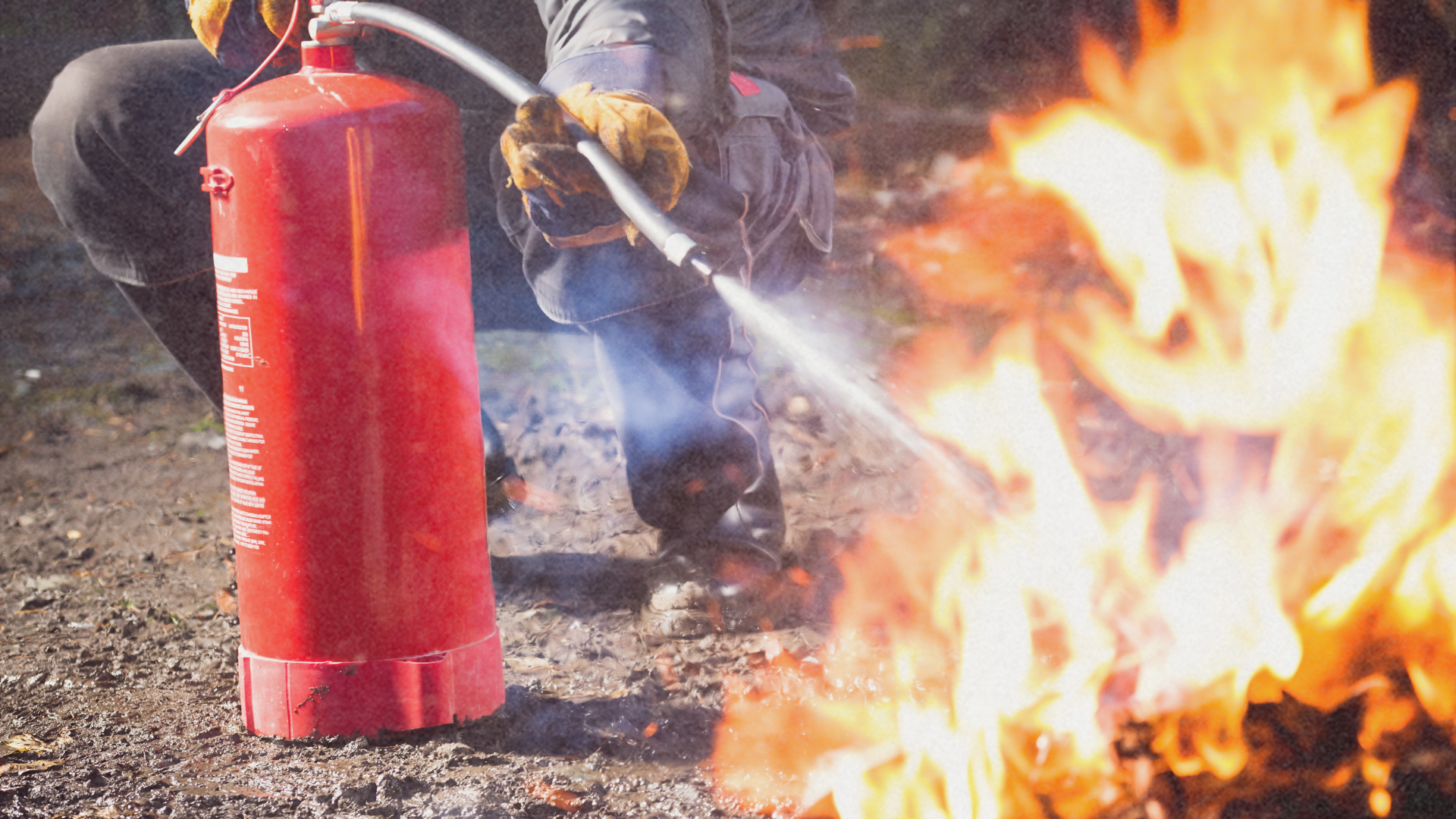Children are the school’s most precious charge and bad things can happen to them when the premises are not secured. Belongings can get lost or stolen, accidents can happen, or worse, children may get abducted. It is for this reason that parents and teachers should consider carefully security issues at school.
Phony parents
Such an incident took place at Good Shepherd Montessori, an elementary and high school institution in the Pasig area. The incident involved a woman who, insisting that she was a parent of one of the school’s students, talked the security guard into letting her into the school premises. Later, it was discovered that a bag was missing.
According to one of the school’s owners, Mr. Rey Chua, the suspected culprit was the woman who had earlier entered the premises. The woman’s identity was not properly documented because the security guard on duty had not followed protocol: after taking her ID, the woman’s details should have been logged in the logbook. Although the woman had been issued an ID, her details were not logged. It was suspected that the woman had either been very convincing or that the guard was remiss in his duty – in this case, the logbook was not carefully updated. Despite the commotion, the incident ended with merely a change of security guard. The identity of the mystery woman remained unverified.
Personalized security?
According to Junie Villaruz, a father of three whose four year old daughter attends a small academy in Pasig, in his experience, security measures are different for each school. For his eldest daughters who attended St. Paul’s Academy in Pasig, the school issued fetcher’s IDs for all individuals authorized to fetch children from school. In Villaruz’ case, his fetcher’s ID had a picture of him and his daughter at the back. But in most cases, such as his youngest daughter’s current school, Kiddie Miracles, security measures are down to personalized relationships between school personnel and the parents. Teachers or security guards make it a point to know each child’s yaya or parent, and dutifully release the child only to the person that they recognize.
No CCTV installed in some schools
But what about CCTV cameras? Larger institutions often have CCTV cameras installed, but for many institutions, this is not the case. Many parents also prefer smaller schools for preschool and kindergarten aged children, and often these schools do not have CCTV units installed. A cursory check at the Good Shepherd Montessori, which has two schools in the Pasig and Makati area, shows that they do not have CCTV cameras in their buildings. For small learning centers such as the Kiddie Miracles in Pasig and Witvine in Las Pinas, this is certainly the case, as personnel rely on personal relationships to screen people who fetch the children from school. According to Teacher Pat, because classroom sizes are kept small, it’s quite possible for the teachers to know each parent and student and therefore make it easy for them to screen who should get access to the child. They also make it a point to send a text message to the parent for any issue that arises.
According to Ace Esmeralda of Ace and Associates, the presence of a CCTV system may produce a false sense of security. In fact he emphasized that the presence of CCTV systems alone is not sufficient as a security measure. “CCTV systems should be based on professional design and risk assessment, not just by vendors of equipment. For ignorant criminals, the presence of CCTV does not deter crimes. In fact, a misplaced camera could even be a means of invasion of privacy.”
Stricter usage of fetcher’s IDs needed
Parents should not only consider the security measures in schools, but also in other institutions where children are routinely left. At the Christ Commission Fellowship church which has 28 churches nationwide, 250-300 children on average attend “Sunday school” in the large churches for each of the three services on a given Sunday. Sunday schools are conducted in multiple classrooms while parents attend the worship service in the main hall which is on a different floor from where the children are gathered. Each parent is required to log information about the child such as name, age, special needs and the mobile number of the parent. The parent is also issued a fetcher’s ID, which they turn over to the teacher when the child is taken.
The problem? One parent of an autistic child complained that the child was released from the room before the mother had a chance to reclaim her. The fetcher’s ID was not reclaimed by the teacher at all. Another worrying security matter is the fact that despite the presence of security guards and CCTV cameras, the church is an open venue; anyone can enter and attend the services. In one incident, one of the church members reported her bag stolen – a clear sign that anyone with ill intent can enter the premises. This can be a problem when one considers the fact that the children can also be easily accessed by strangers who pretend to attend the services. It also seems that a strict implementation of using the fetcher’s ID is not always carried out.
We at SecurityMatters believe that, given these possible scenarios, organizations should seek professionals to perform risk assessment on their property or businesses. It’s not enough to put security measures in place without actually knowing how to handle them efficiently in order to actually secure the premises.
At the same time, parents should insist that the institutions step up security measures if they feel that these are not enough. Putting out a watchful eye on what can go wrong by checking out the protocol and facilities of the school can make parents more aware and take a proactive stance. By talking to the teachers or security personnel of the institution and taking additional precautions for their own children, security issues can be greatly minimized.





